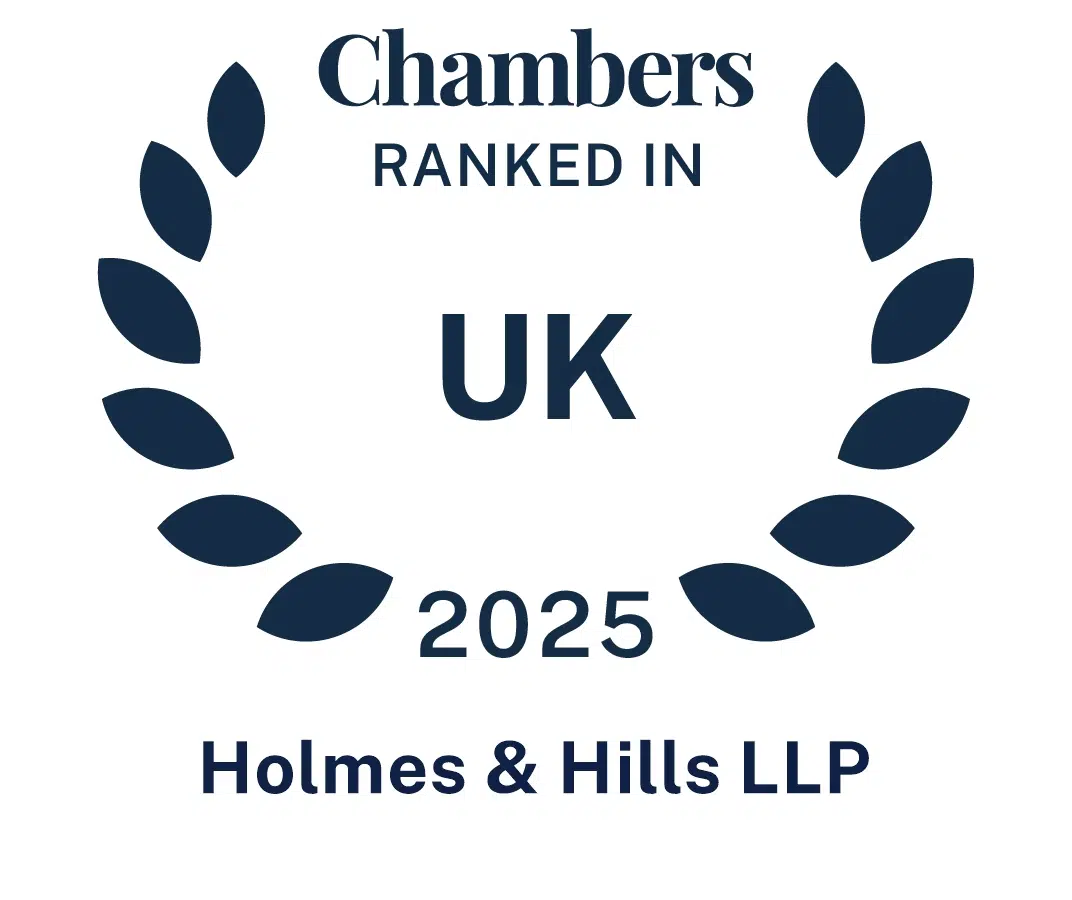Holmes & Hills Solicitors’ specialist Planning Law Solicitor Ellie Hambling discusses the changes introduced through the Town and Country Planning (Use Classes) (Amendment) Regulations 2020.
In a bid to revitalise the high street, on 1 September 2020 the Government introduced significant changes to the use class system in England through The Town and Country Planning (Use Classes) (Amendment) (England) Regulations 2020 (‘the 2020 Regulations’).
The 2020 Regulations aim to overhaul the existing Use Classes Order 1987, and in doing so the following new Use Classes have been introduced.
Class E will be for the use, or part use, for all or any of the following purposes:
Class E is effectively an amalgamation of the following uses:
F.1 and F.2 replaced D1 (Non-residential institutions) and Class D2 (Assembly and leisure).
Class F.1 includes any use not including residential use:
Class F.2 includes use as:
Several uses have been removed from the Use Classes Order and are now sui generis. This includes the following uses:
Sui generis uses cannot generally be changed to any other use (including other sui generis uses) without planning permission.
Between 1 September 2020 to 31 July 2021, land and buildings which would now fall into classes E, F.1 and F.2 will continue to benefit from any permitted development rights it was entitled to on or before 31 August 2020. It is expected new revised permitted development rights will be introduced after 31 July 2021.
References to uses or use classes in Article 4 Directions which have already been made will continue to be read as the previous use classes.
Planning applications submitted prior to 1 September 2020 should be determined by reference to the previous use classes.
The changes introduced in the 2020 Regulations are all significant, however it is the introduction of the new Class E which provides arguably the most important reform to the English planning system in decades.
Class E is different, adopting a completely different approach, by encompassing the changes of use between commercial, business and service all within a single Use Class.
As we are all probably undoubtedly familiar, a change of use within the same use class does not constitute development and therefore does not require planning permission.
As such, movement between uses contained within Class E no longer require planning permission because the change of use is not deemed development. This is significant, allowing businesses to freely change the use of their premises without having to obtain planning permission. To put this in context, a business owner could turn their office into a gym, then into a shop and then into a creche and then revert back to an office all without having to obtain planning permission (subject to specific site restrictions), because these changes would not even constitute development at all.
Class E allows businesses to use their premises how they see fit and provides them with the flexibility required in these uncertain times. This is a significant shift from the regularised planning system we have all become accustomed to, and will no doubt raise many questions as to the future of the plan-making and decision-making process.
Disclaimer
The content of this article is provided for general information only. It does not constitute legal or other professional advice. The information given in this article is correct at the date of publication.






A Mackman Group collaboration - market research by Mackman Research | website design by Mackman